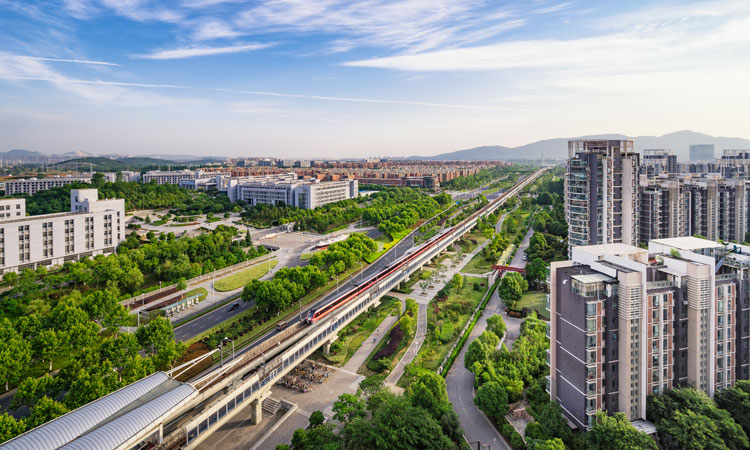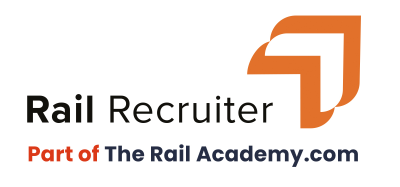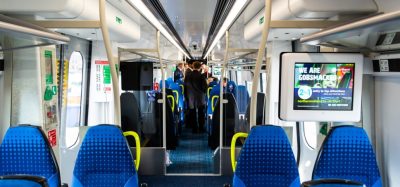For better rider experience: innovative services lead the change
Posted: 16 July 2020 | Huawei | No comments yet
Low cost and convenience are among the top choices for citizens for choosing to travel on urban rail transit networks. However, as the systems continue to gain popularity, increased passenger volumes are now contributing to a poor passenger experience. How can increasing scale and passenger volume be managed effectively, and how does this impact ICT systems?


As scale and passenger volumes continue to rise, there is demand for urban rail lines to be integrated into multi-line networks that require more efficient, smart operations. But such growth poses new challenges to ICT systems.
As scale and passenger volumes continue to rise, there is demand for urban rail lines to be integrated into multi-line networks that require more efficient, smart operations.
Automatic train operation requires extensive, reliable information systems and service linkage. Yet urban rail lines operate independently and lack consistent service architecture, technical platforms, and data. Scattered IT devices are unable to support the unified operation of multiple lines.
Given this existing ICT architecture, it is difficult to share urban rail construction and operations experience or to innovate services. Yet a smart cloud platform can offer secure infrastructure that accelerates the transition from single-line to multi-line operations.
Cloud platform and virtualised servers
An urban rail cloud platform centrally carries ISCS, AFC, PIS, ACS, CCTV, and other application systems. The platform integrates resources, and standardises architecture and data. This facilitates resource sharing, on-demand allocation, and flexible scaling, supported by unified operations, collaborative services, standardised and normalised services and data, as well as unified and platform-based resources and architecture. The platform help customers transform from single-line to multi-line operations, and lays a solid foundation for closer service linkage and the deployment of big data analytics.
Intra-city remote disaster recovery for mission-critical services
FusionSphere virtualises computing, network, and storage resources into virtual resource pools and supports cluster deployment.
Hierarchical intra-city remote disaster recovery architecture provides different services with specific reliability mechanisms, such as an active-active for mission-critical services, eliminating service interruption and Virtual Machine (VM) cluster backup, with other mechanisms for non-critical services. VM live migration ensures service continuity even with faulty physical devices.
FusionSphere virtualises computing, network, and storage resources into virtual resource pools and supports cluster deployment. Large-bandwidth Dense Wave-length Division Multiplexing (DWDM) networks are used for transmission. This scheme achieves dual-activation for mission-critical urban rail services between the active and standby data centres and ensures 24/7 service availability, with Disaster Recovery (DR) capabilities significantly improved.
Network border isolation and hierarchical security protection
Passenger services, management information, and safe operations networks are isolated in the urban rail cloud information system. An information security protection plan, in compliance with China’s national Level 3 information security standards, is implemented for the operations network. An overall security framework is also designed for the ICT-based cloud platform to guarantee effective security protection for the cloud platform, Operations and Maintenance (O&M), and infrastructure layers.
Modular data centres: Green, energy efficient, reliable and quick to deploy
Energy-efficient modular data centres integrate power supply and distribution, cooling, security protection, power, and environment monitoring systems, as well as cabinets. The modular design enables rapid deployment and meets energy saving and reliability requirements. Digital components supporting intelligent management, the monitoring of real-time running status, and automatic fault location increase O&M efficiency. Multiple energy-saving measures improve Power Usage Effectiveness (PUE) to 1.45.


Using big data to provide better services for Nanjing Metro passengers
Nanjing Metro is a rail transit system serving the urban and suburban districts of Nanjing, Jiangsu, China. Line 1 officially opened on 3 September 2005 and by May 2018, Nanjing Metro boasted 10 lines, 174 stations, and a total length of 352.9km.
In the future, Nanjing will develop a rail transit network of 25 metro lines covering 915.6km, thereby posing higher requirements on safety, reliability and services of metro networks. To accommodate this, Nanjing Metro set up a network operations control centre (NOCC), which coordinates the control centres of different lines and interconnects with control centre systems to implement comprehensive monitoring and coordination of each line and provide better services for passengers.
Data-oriented, leading industry innovation
Nanjing Metro is seeking more agile and smart operations modes to support its continuous expansion.
Nanjing Metro is seeking more agile and smart operations modes to support its continuous expansion. Currently, it focuses on big data technologies; the NOCC utilises big data to visualise operations data and assists in network operations and command.
Nanjing Metro integrates the data of multiple business systems, such as comprehensive monitoring, automatic fare collection (AFC), and signalling systems into the Hadoop platform, as well as interconnecting with multiple APIs. This provides data support for operations command, statistical analysis, information services, and operations simulation in upper-layer applications.
Ensuring the implementation of big data applications with IOT
In 2017, Huawei and Nanjing Metro began joint testing of the big data platform to assess whether it could meet present and future business requirements.
The platform processes data and needs to effectively integrate the data of various business systems to meet the requirements of structured and unstructured data for management, storage, and analysis. After which, the data can be provided for analysis, mining, and application systems through data interfaces. The tests focused on whether the degree of integration of Huawei FusionInsight big data platform could meet the requirements of upper-layer applications across data access, models, indicators, operation, and files.
After verification, Huawei and Nanjing Metro carried out further interoperability testing (IOT) between FusionInsight and upper-layer applications, and leveraged the Hadoop component to import data to the platform in batches. After connecting to the query engine, they used the container to deploy applications and verify the running status and functions.
During the test, Huawei FusionInsight met the requirements of upper-layer business applications and laid a solid foundation for the implementation of big data applications in Nanjing Metro.
FusionInsight: Facilitating smart operations
Huawei is making continuous efforts in terms of urban rail transit big data. It has built a big data platform in Suzhou OpenLab and has gradually conducted IOTs with big data application vendors in the industry.
On the network control centre (NCC) big data platform in Nanjing, Huawei provides the x86 2288H V5 server to build a big data cluster. Its open architecture features better scalability and cost-effectiveness than the existing midrange computer system. In addition, the distributed computing cluster architecture allows server nodes to be configured on demand. The data processing capability of the system can be enlarged from TB to PB, meeting the present and future business development requirements and fully protecting both initial and long-term investments of Nanjing Metro.
The big data platform provides a data basis for Nanjing Metro to further implement visualized management. In doing so, big data analysis and prediction can be utilised to improve operations management capabilities, make scientific decisions on road network planning, and handle emergencies.
Huawei is making continuous efforts in terms of urban rail transit big data. It has built a big data platform in Suzhou OpenLab and has gradually conducted IOTs with big data application vendors in the industry. During the period, Huawei optimises the big data platform to better meet the big data application requirements of the rail transit industry. In cooperation with the metro company and partners, Huawei will strive to contribute to smart metro operations in the future.
To find out more about Huawei’s digital solutions in railway, click here.
Related topics
Digitalisation, Passenger Experience/Satisfaction, Technology & Software







